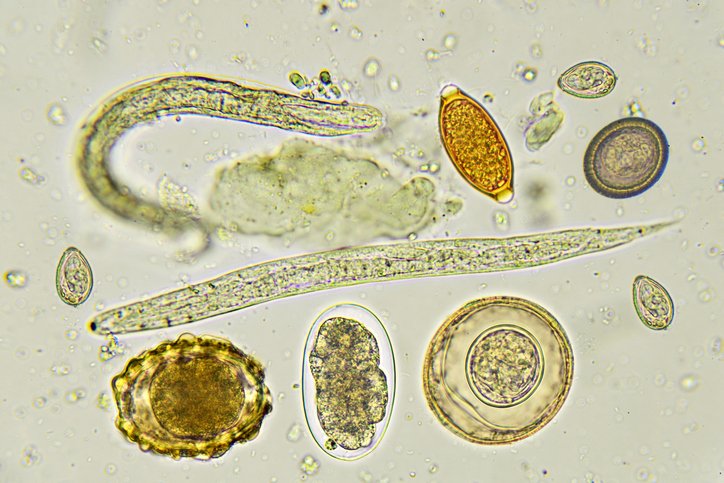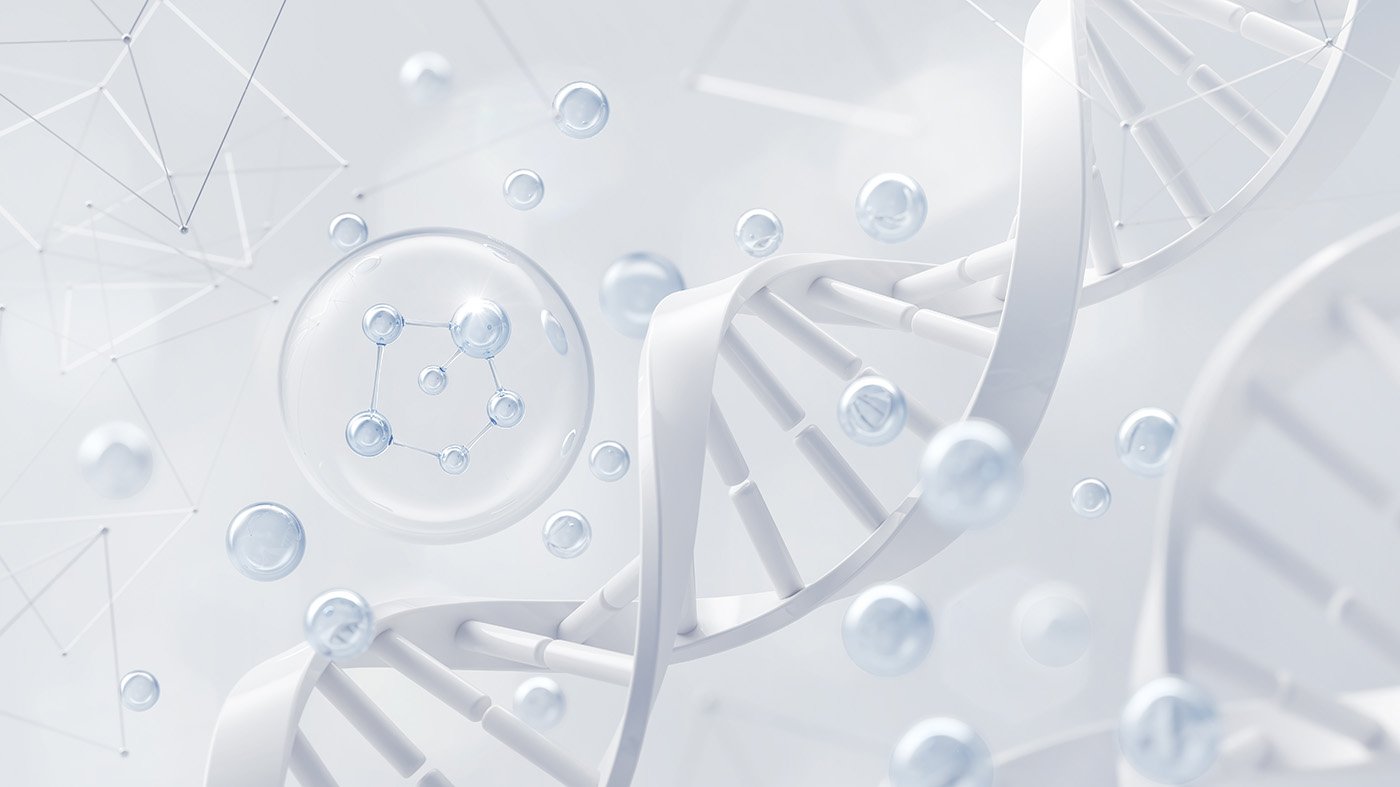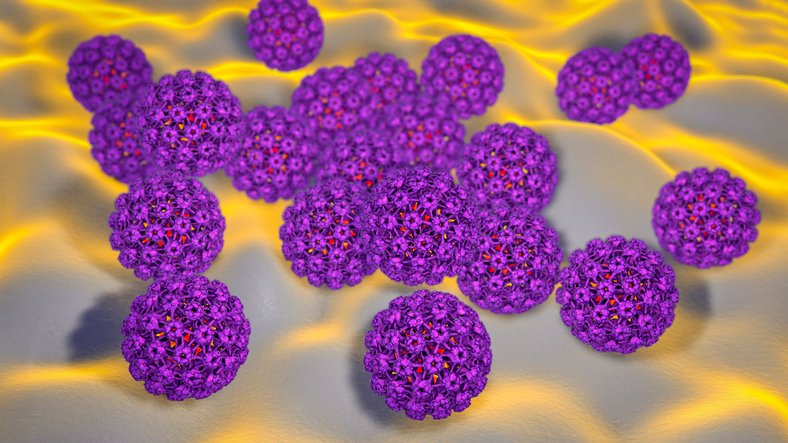In a new study titled, “Gasdermin C cleavage by Cathepsin S modulates Rab7 vesicles in intestinal epithelial cells to amplify anti-helminth immunity,” published in Immunology, researchers at the University of Pittsburgh uncovered a surprising molecular pathway that helps the immune system expel helminths, the gut-dwelling worms that affect approximately 1.5 billion people worldwide.
“While parasitic worms are less of an issue in most of the U.S. and other wealthy nations, these infections affect almost a quarter of the world’s population,” said co-senior author Reinhard Hinterleitner, PhD, assistant professor in the Pitt Department of Immunology. “[…] There hasn’t been a new medication developed to treat parasites for decades, so there is a huge need for novel treatments. While more research is needed, our study suggests that existing medications could be repurposed to treat parasitic infections.”
To investigate how the body fights helminths, the team focused on a lesser-known protein called Gasdermin C, which is found at low levels in the healthy gut but increases in response to parasitic infection. Unlike other gasdermins that trigger inflammatory cell death, Gasdermin C plays a different role: it boosts type II immune responses—the kind that help expel parasites—without killing host cells.
Activation of Gasdermin C hinges on a protease called Cathepsin S, which cleaves the protein to release an active fragment. In both human and mouse cells, this fragment targets Rab7-positive vesicles, disrupting their function and reducing levels of prostaglandin D2, a chemical messenger known to suppress type II inflammation. Without Gasdermin C or Cathepsin S, mice showed significantly impaired ability to clear helminth infections, but treatment with a Rab7 inhibitor restored immunity.
Type II immunity is like an eviction campaign, explained co-senior author Yi-Nan Gong, PhD. “By driving inflammation and accelerating cell turnover and differentiation, it makes the gut environment inhospitable for parasites, naturally expelling them.”
Because prostaglandin D2 production depends on cyclooxygenase (COX) enzymes, the researchers suggest that NSAIDs—common COX inhibitors such as ibuprofen—might enhance anti-helminth immunity. These medications are already widely used and have a well-established safety profile, reported the team.
“This finding offers new perspectives for anti-parasitic therapies,” Gong said. One promising approach involves COX inhibitors, but clinical trials are needed, and people should always consult their doctor before starting new medications, the researchers added.
The study also showed that certain commensal gut microbes—normally harmless residents of the intestine—can trigger similar type II responses in mice. “The gut microbiome plays an important role in the development of food allergies and [irritable bowel disease] IBD,” added Hinterleitner. “It is possible that, with further study, identifying microbes that induce Gasdermin C could be used as a marker or predictor of the risk of food allergies.”
This study not only uncovers an unexpected role for Gasdermin C in parasite defense but also points to new therapeutic strategies that bypass the need for entirely new drugs. By linking epithelial immune responses to lipid metabolism and repurposing known medications, the research opens a path toward affordable, mechanism-informed treatments for neglected tropical infections.
The post Anti-Parasitic Defense Mechanism Uncovered in Mice appeared first on GEN – Genetic Engineering and Biotechnology News.



